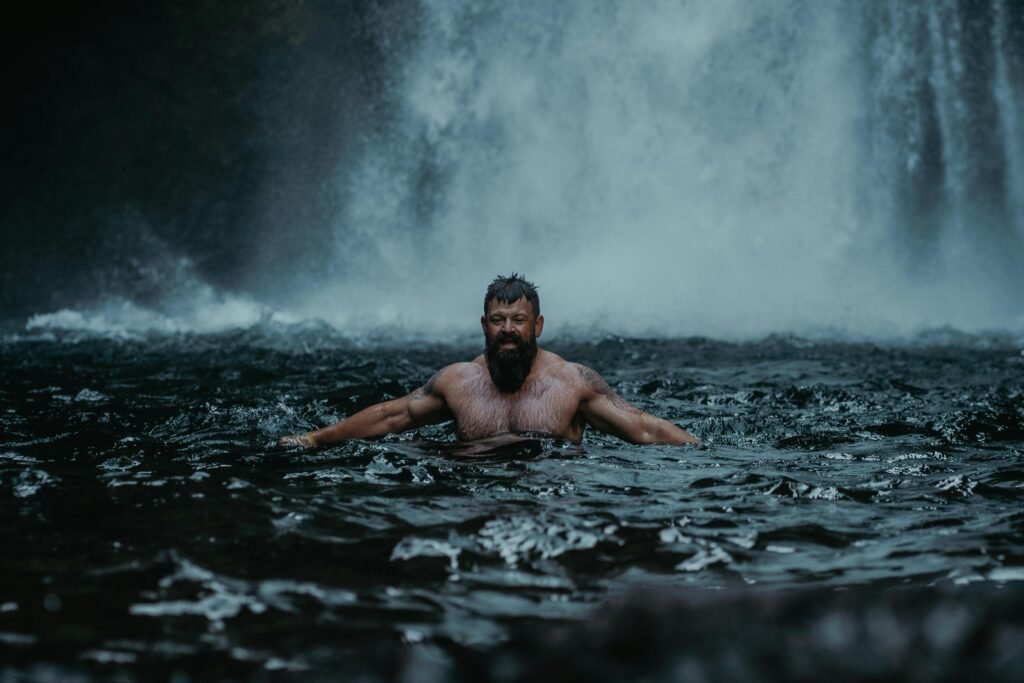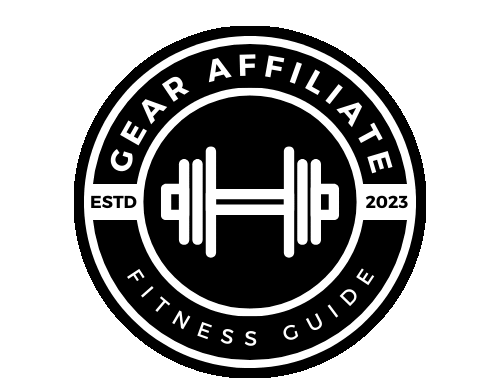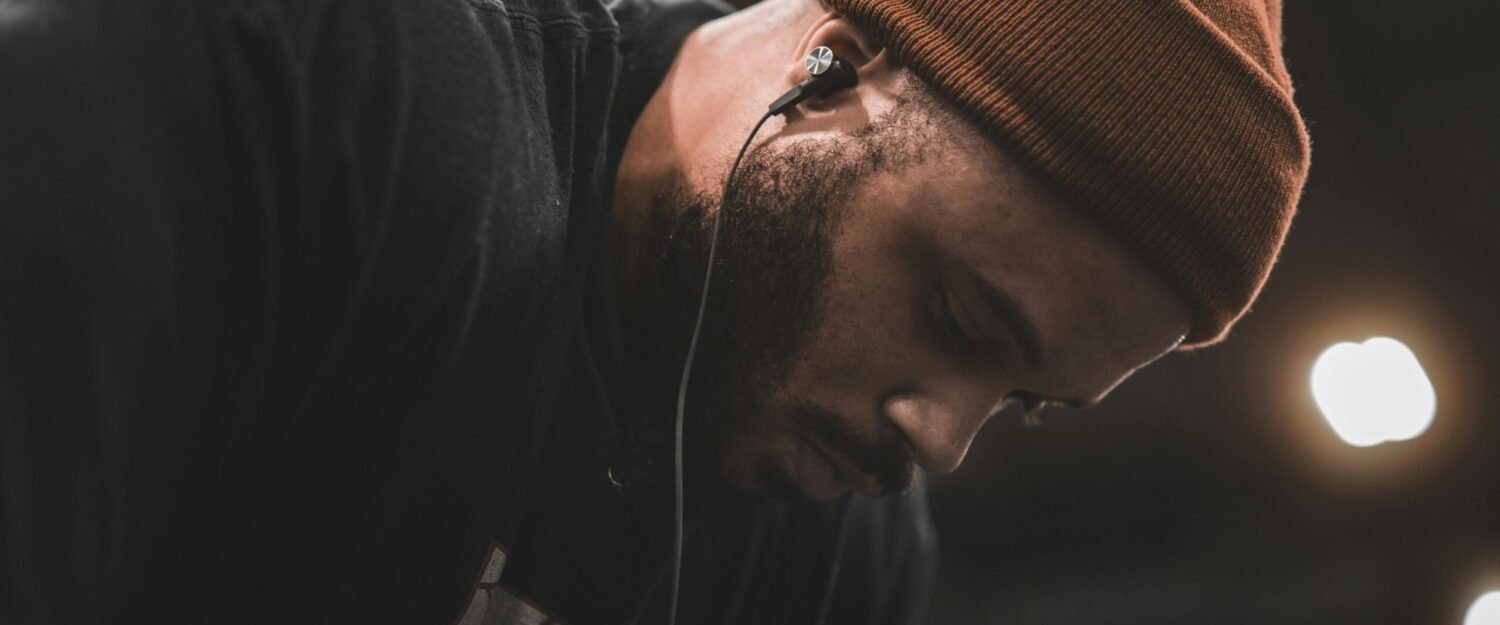
Cold Water Therapy 101
What Science Actually Says About Ice Baths
Table of Contents
For athletes serious about recovery, cold water therapy has moved beyond hype. Once limited to elite sports and rehab clinics, ice baths have become a go-to for strength athletes, wrestlers, MMA fighters, and gym-goers chasing faster recovery and reduced soreness. But what does the science actually say? Are ice baths a performance hack, or just an uncomfortable trend?
In this guide, we’ll break down the mechanisms behind cold water therapy, what it can (and can’t) do, and how to apply it effectively in your training routine.
What Is Cold Water Therapy?
Cold water therapy, or cold immersion, involves submerging the body (or parts of it) in cold water—usually between 39°F and 59°F—for a set period of time. This can include:
- Full-body ice baths
- Cold showers
- Cryotherapy chambers (less accessible, more expensive)
- Outdoor plunges (natural cold water sources)
The most accessible form for most athletes is the home ice bath. Whether it’s a premium setup or a budget-friendly option like the Bubplay, Jasonwell, or Cold Pod, cold plunges are now part of regular recovery protocols.
Why Cold Water Therapy Works
1. Reduces Inflammation and Muscle Soreness
After intense training, the body experiences microtrauma to muscles. This leads to inflammation—a natural repair response. Cold water causes vasoconstriction, narrowing blood vessels and reducing blood flow to the muscles temporarily.
Once you exit the bath and warm up again, blood rushes back in—a process called vasodilation. This contrast flushes out metabolic waste (like lactic acid) and can reduce delayed onset muscle soreness (DOMS).
Study: A meta-analysis published in Sports Medicine found that cold water immersion significantly reduced muscle soreness at 24, 48, and 96 hours post-exercise compared to passive recovery methods.
2. Speeds Recovery Between Sessions
Recovery isn’t just about feeling better—it’s about returning to performance levels faster. If you’re training multiple times a week (or per day), recovery speed matters.
Cold water immersion has been shown to:
- Reduce perceived fatigue
- Improve neuromuscular function
- Limit muscle damage biomarkers
This is especially important for athletes in high-frequency training cycles like combat sports or strength programming with limited deloads.
3. Boosts Mental Resilience and Nervous System Control
Cold exposure is mentally uncomfortable—and that’s part of the benefit. Learning to control your breath and stay calm under stress builds psychological resilience. This has real carryover to competition and training intensity.
There’s also evidence that cold plunges activate the parasympathetic nervous system, helping athletes shift out of a high-stress “fight or flight” state into a more relaxed, recovery-friendly mode.
4. Potential Immune and Metabolic Benefits
Emerging research has suggested potential improvements in:
- White blood cell counts
- Mitochondrial efficiency
- Brown fat activation (which helps regulate body temp and burn calories)
While these benefits aren’t the primary reason most athletes plunge, they support the idea that cold water therapy may contribute to overall health and body regulation.
When NOT to Use Ice Baths
Despite the benefits, cold plunges aren’t always the right call. In fact, using them immediately after certain types of workouts may blunt your training adaptations.
Avoid Ice Baths After:
- Heavy hypertrophy sessions
- Muscle-building focused training
- First-time lifts or new movement patterns
A 2015 study published in the Journal of Physiology found that cold water immersion post-strength training reduced long-term hypertrophy gains. That’s because inflammation plays a key role in muscle growth—and ice baths can shut that process down prematurely.
Rule of Thumb: If your goal is recovery and performance, cold plunges help. If your goal is muscle growth, save the plunge for off-days or after light sessions.
How to Use Ice Baths Effectively
Temperature:
45–55°F (7–13°C) is the sweet spot for most users. Cooler temps (<40°F) can be used with experience but may not be necessary for recovery.
Duration:
- Beginner: Start with 1–3 minutes
- Experienced: 5–10 minutes
- Advanced: 10–15 minutes (only with supervision)
Frequency:
- 2–4x per week is ideal for recovery
- Daily use is fine in short durations for mental training or inflammation management
Timing:
- Best done after training, ideally 30+ minutes later
- On rest days, cold plunges can aid overall recovery and help regulate mood and energy
Who Benefits Most from Cold Water Therapy?
Cold plunges are most beneficial for:
- Wrestlers, MMA fighters, and grapplers dealing with full-body soreness and rapid training cycles
- Powerlifters and strongmen who accumulate CNS fatigue from heavy compounds
- Endurance athletes recovering from long runs or rides
- General fitness enthusiasts managing soreness and consistency
Tools of the Trade: What You Need to Get Started
You don’t need a $5,000 cold plunge system to see benefits. These are the essentials:
- Insulated portable tub: Products like the Cold Pod, Bubplay, or Jasonwell get the job done
- Water source + ice bags (or use cold tap in winter climates)
- Lid or cover to retain temperature
- Thermometer to track water temp
- Mat or stable base for comfort and drainage
Optional: Gloves, slippers, robe, or beanie for longer plunges in cold climates
Check out our post reviewing the best (& most affordable) ice baths on Amazon Right Now
Final Take: Is Cold Water Therapy Worth It?
If your goal is to recover faster, train harder, and improve your overall resilience — cold water therapy delivers. The science supports its use for reducing inflammation, managing soreness, and supporting high-frequency training blocks. It’s not magic, and it shouldn’t be used blindly, but as part of a smart recovery system, ice baths are a game changer.
You don’t need a commercial setup. The best results come from consistency, good timing, and understanding when not to use it.
Next Step:
Check out our [Top 3 Ice Baths on Amazon for Athletes] comparison post to find the right recovery tub for your training setup.
Written by
The Strongroom Team
If you found this post to be helpful, then you may be interested in the rest of our blog page here.
At Gear Affiliate, we always want to give our readers more resources to research. Below are a few sources that we have found to be helpful relating to this topic.


